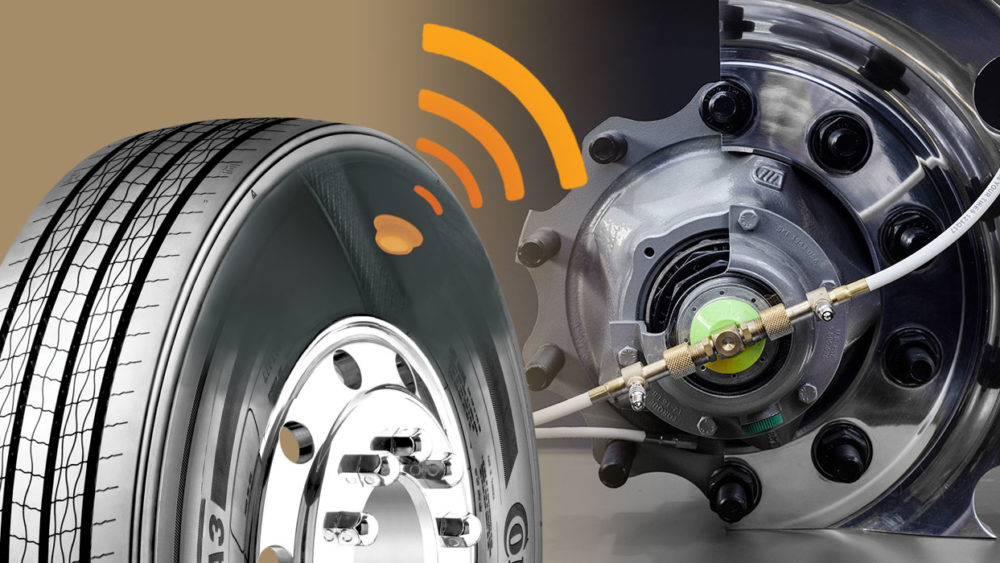Because of the increased demand for utility vehicles, tractors, and heavy commercial vehicles, the automatic tyre inflation system industry has been steadily growing over the last decade (HCV). While the COVID-19 pandemic took a toll on industry output due to a drop in the automotive sector, recovery has begun since the fourth quarter of 2020. With manufacturers increasing their investment in research and development (R&D) activities and key sales channels getting back on track, the automatic tyre inflation system industry is poised for significant growth in the coming years.
What role does the automotive industry’s recovery play for providers of automatic tyre inflation systems?
Automatic tyre inflation systems are in high demand in the automotive industry due to their numerous advantages over conventional systems, including lower maintenance costs, increased safety, extended tyre life, compatibility with satellite communication services and telematics systems, and efficiency in providing proper pressure maintenance on the road.
According to a SelectUSA report titled “Automotive Industry Spotlight,” the United States has one of the world’s largest automotive industries, with 17.2 million light vehicle sales in 2018. According to the report, new R&D initiatives are evolving the global automotive industry, including the United States, while Auto Alliance estimates that the global automotive industry spends UIS$ 105 billion on R&D. Though the situation temporarily changed in 2020, the automotive sector is regaining its footing, giving automatic tyre inflation system providers renewed hope.
Who’s Winning in this Market?
The global automatic tyre inflation system industry’s key players face fierce competition. Key industry players are focusing on developing more high-quality products in order to navigate through a highly competitive environment.
As an example,
Dana Incorporated recently introduced the Spicer® Optimized Tire Pressure Management System.
Meritor, Inc. introduced its new Meritor Tire Inflation System (MTISTM) with ThermALERTTM Wheel-end Heat Sensing Technology a few years ago.

